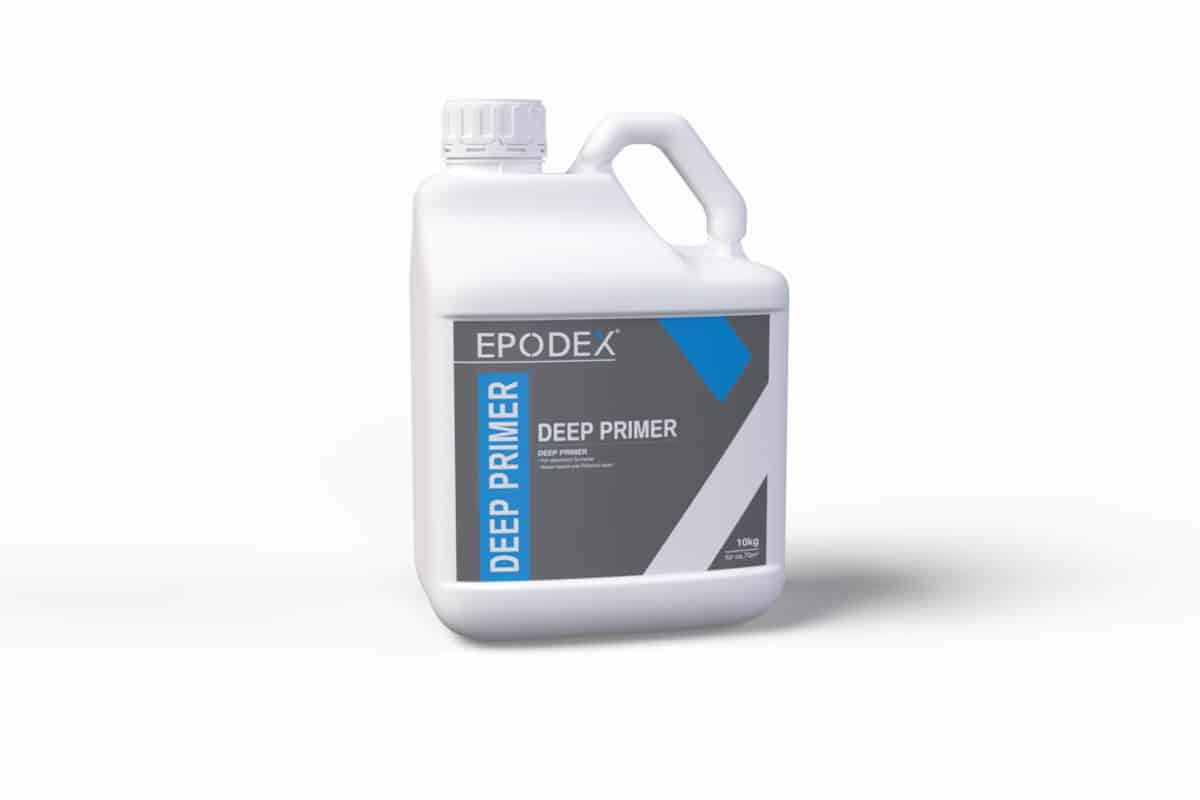
WEIGHT: 55 kg
Breast: SUPER
One HOUR:200$
NIGHT: +30$
Services: Mistress, Striptease amateur, French Kissing, Toys, Lapdancing
Severe calcification is frequent in coronary chronic total occlusions CTO , and its presence has been associated with increased procedural complexity and poor long-term outcomes following percutaneous coronary intervention PCI in an already challenging anatomical setting. The diagnostic characterisation of heavily calcified CTOs using non-invasive and invasive imaging tools can lead to the application of different therapeutic options during CTO PCI, in order to achieve adequate lesion preparation and optimal stent implantation.
In this expert review, the European Chronic Total Occlusion Club provides a contemporary, methodological approach, specifically addressing heavily calcified CTOs, suggesting an integration of evidence-based diagnostic methods to tailored, up-to-date percutaneous therapeutic options. Chronic total occlusions CTO remain one of the most complex scenarios in contemporary percutaneous coronary interventions PCI , with implicit technical difficulties and the need for high-volume complex PCI centres and operators who continuously refine their skills.

Unfavourable histopathological features of CTOs, such as the presence of severe calcification, increase the complexity of treatment. In particular, heavy calcification HC may preclude wire advancement within the intraplaque space of the occlusion, forcing the operator to use extraplaque techniques that are associated with higher periprocedural risk and a potentially poorer outcome 1 2. In addition, even after a successful wire crossing, advancing balloons and deploying stents can become challenging.
These intraprocedural difficulties can potentially have a detrimental impact on patient prognosis, since poor stent expansion is a major predictor of stent thrombosis and restenosis 3 4. The high prevalence of calcium in CTOs warrants the utilisation of specific strategies and techniques to ensure appropriate lesion preparation.

Accordingly, the detection and quantification of HC in CTOs is a prerequisite for selecting the most efficient recanalisation technique. The preprocedural assessment of calcium burden and its location within the CTO can be obtained by using coronary computed tomography angiography CCTA.





































